The Naked City: New York Noir and Neorealism series will screen 10 films shot on location in and around New York during the period (1945-53) that photographer and filmmaker Stanley Kubrick spent documenting the city.
SaysSays the museum: “These films reveal a restless metropolis where you’re either on your way up, on your way down, or just laying low. It’s a city where you can never really disappear, not matter how dark the back alleys or how crowded the boulevards may be.”
The movies are as follows:
“The Naked City” 7:30 p.m. Feb. 8
“Kiss of Death” 9:15 p.m. Feb. 8
“Where the Sidewalk Ends” 7:30 p.m. Feb. 15
“The Thief” 9 p.m. Feb. 15
“Little Fugitive” 7:30 p.m. Feb. 16
“The Window” 9 p.m. Feb. 16
“On the Waterfront” 7:30 p.m. Feb. 22
“Force of Evil” 9:30 p.m. Feb. 22
“Killer’s Kiss” 7:30 p.m. Feb. 23
“The Glass Wall” 8:45 p.m. Feb. 23
Support provided by the Academy of Motion Picture Arts and Sciences.
![nakedcity-4[1]](http://www.filmnoirblonde.com/wp-content/uploads/2013/02/nakedcity-41.jpg)





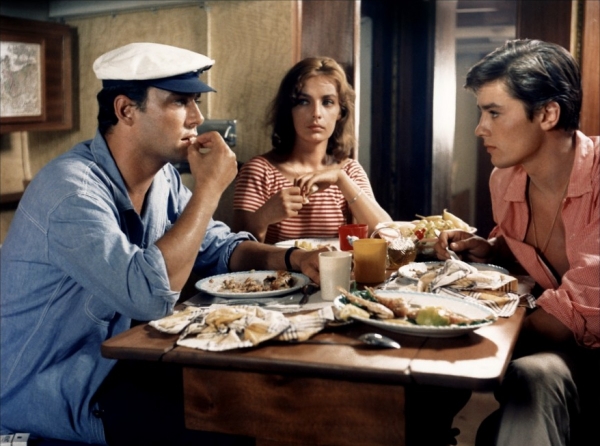

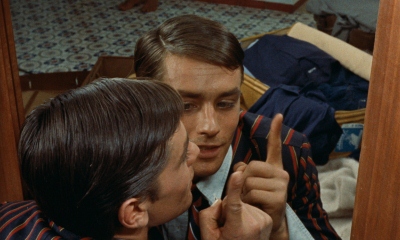
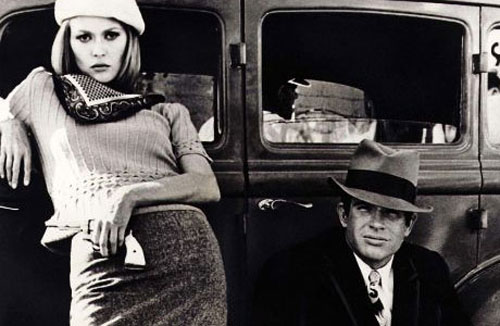
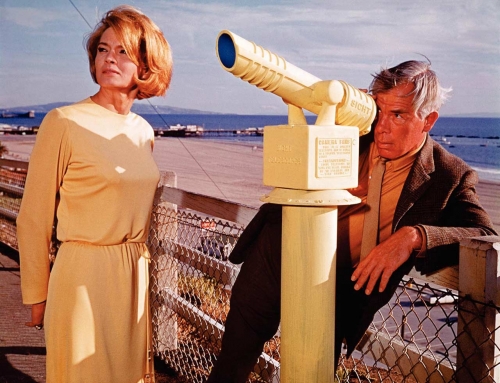
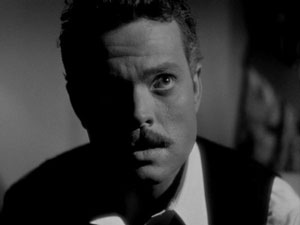
![tumblr_mftjtfvuhd1r2dnu8o1_1280[1]](http://www.filmnoirblonde.com/wp-content/uploads/2013/01/tumblr_mftjtfvuhd1r2dnu8o1_12801.jpg)
![Peggy-Cummin_vrt2b_x304[1]](http://www.filmnoirblonde.com/wp-content/uploads/2013/01/Peggy-Cummin_vrt2b_x3041.jpg)
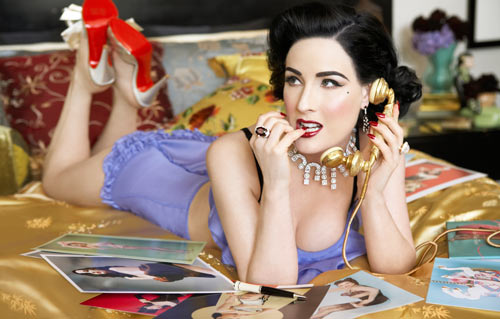
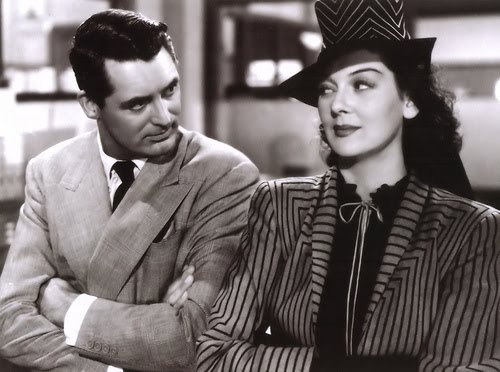
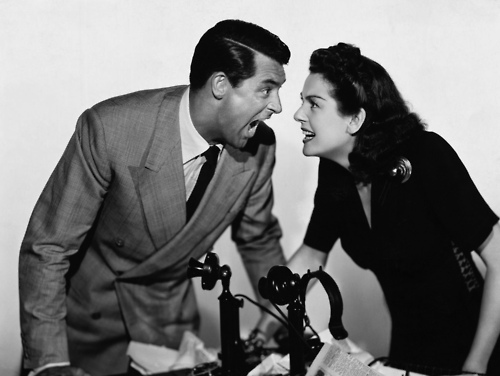
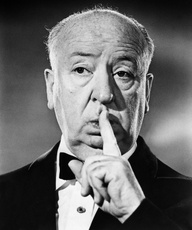
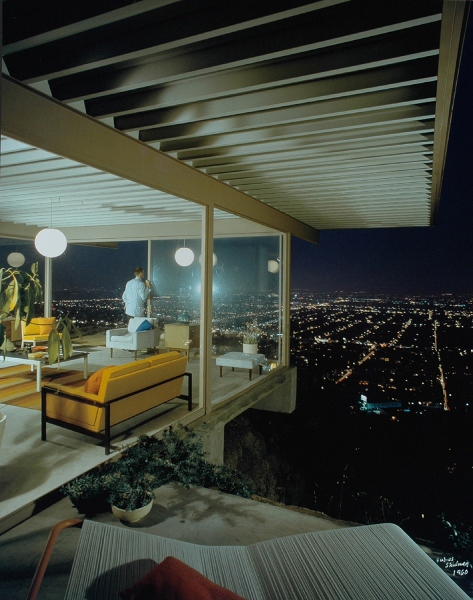
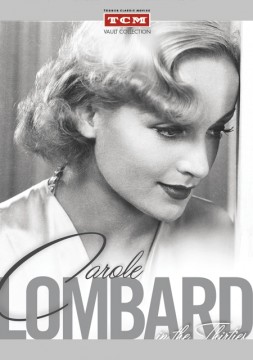
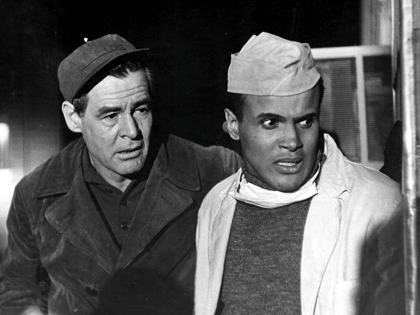
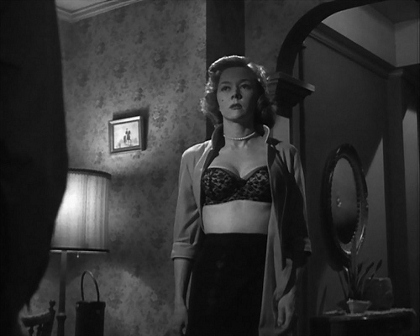


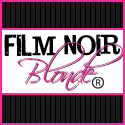



From FNB readers